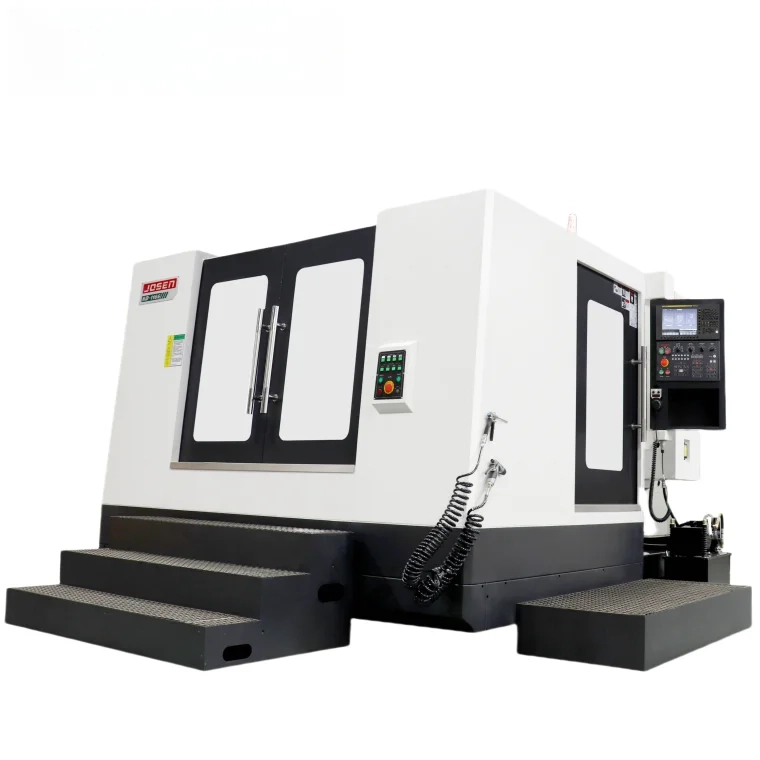When it comes to automotive maintenance, the importance of using the right tools cannot be overstated. Among the myriad of tasks that car enthusiasts and mechanics undertake, changing spark plugs is one of the most common yet crucial. Spark plugs play a vital role in the ignition process of internal combustion engines, and ensuring they are properly installed is essential for optimal engine performance. This leads us to a pertinent question: Can I use a regular socket for spark plugs? In this article, we will delve into the intricacies of spark plug sockets, the implications of using regular sockets, and best practices for spark plug replacement.
Understanding Spark Plug Sockets
Spark plug sockets are specialized tools designed specifically for the removal and installation of spark plugs. They typically feature a few key characteristics that differentiate them from regular sockets:
- Rubber Insert: Most spark plug sockets come with a rubber or foam insert that grips the spark plug securely. This feature prevents the plug from falling out when you remove it from the engine, which is particularly important given the confined spaces in many engine compartments.
- Extended Length: Spark plug sockets are often longer than standard sockets. This design allows for better reach into the engine bay, where spark plugs are usually located deep within the cylinder head.
- Size Variations: Spark plugs come in various sizes, typically measured in millimeters or inches. Spark plug sockets are specifically designed to match these sizes, ensuring a snug fit that minimizes the risk of stripping the plug.
The Risks of Using a Regular Socket
While it may be tempting to use a regular socket for spark plug installation or removal, doing so can lead to several issues:
- Stripping Threads: Regular sockets lack the rubber insert that spark plug sockets have. This means that if you use a standard socket, there is a higher risk of the spark plug becoming dislodged or stripped during removal or installation, which can lead to costly repairs.
- Limited Reach: Regular sockets may not provide the necessary length to reach deep-seated spark plugs. This can make the task more difficult and may require additional tools, such as extensions, which can complicate the process.
- Increased Risk of Damage: Without the proper fit and grip, using a regular socket can result in damaging the spark plug itself or the surrounding components. This can lead to further complications, including misfires or engine performance issues.
Best Practices for Spark Plug Replacement
To ensure a successful spark plug replacement, consider the following best practices:
- Use the Right Tools: Invest in a quality spark plug socket that matches the size of your spark plugs. This will not only make the job easier but also reduce the risk of damage.
- Follow Manufacturer Specifications: Always refer to your vehicle's owner manual for the correct spark plug type and torque specifications. Using the wrong spark plug can lead to performance issues and engine damage.
- Inspect the Spark Plugs: Before installation, inspect the new spark plugs for any signs of damage. Check the gap between the electrodes, as it may need to be adjusted according to manufacturer specifications.
- Apply Anti-Seize Compound: A small amount of anti-seize compound on the threads of the spark plug can help prevent seizing and make future removal easier. However, be cautious not to apply it to the electrode.
- Torque to Specification: Use a torque wrench to tighten the spark plugs to the manufacturer's recommended torque setting. Over-tightening can lead to stripped threads, while under-tightening can result in poor performance.
Conclusion
In summary, while it may be possible to use a regular socket for spark plug replacement, it is highly inadvisable due to the risks involved. The specialized design of spark plug sockets provides the necessary grip, reach, and protection against damage that regular sockets simply cannot offer. By using the right tools and following best practices, you can ensure a successful spark plug replacement that enhances your vehicle's performance and longevity. Remember, investing in the right tools is not just about convenience; it's about safeguarding your investment in your vehicle.





+ There are no comments
Add yours